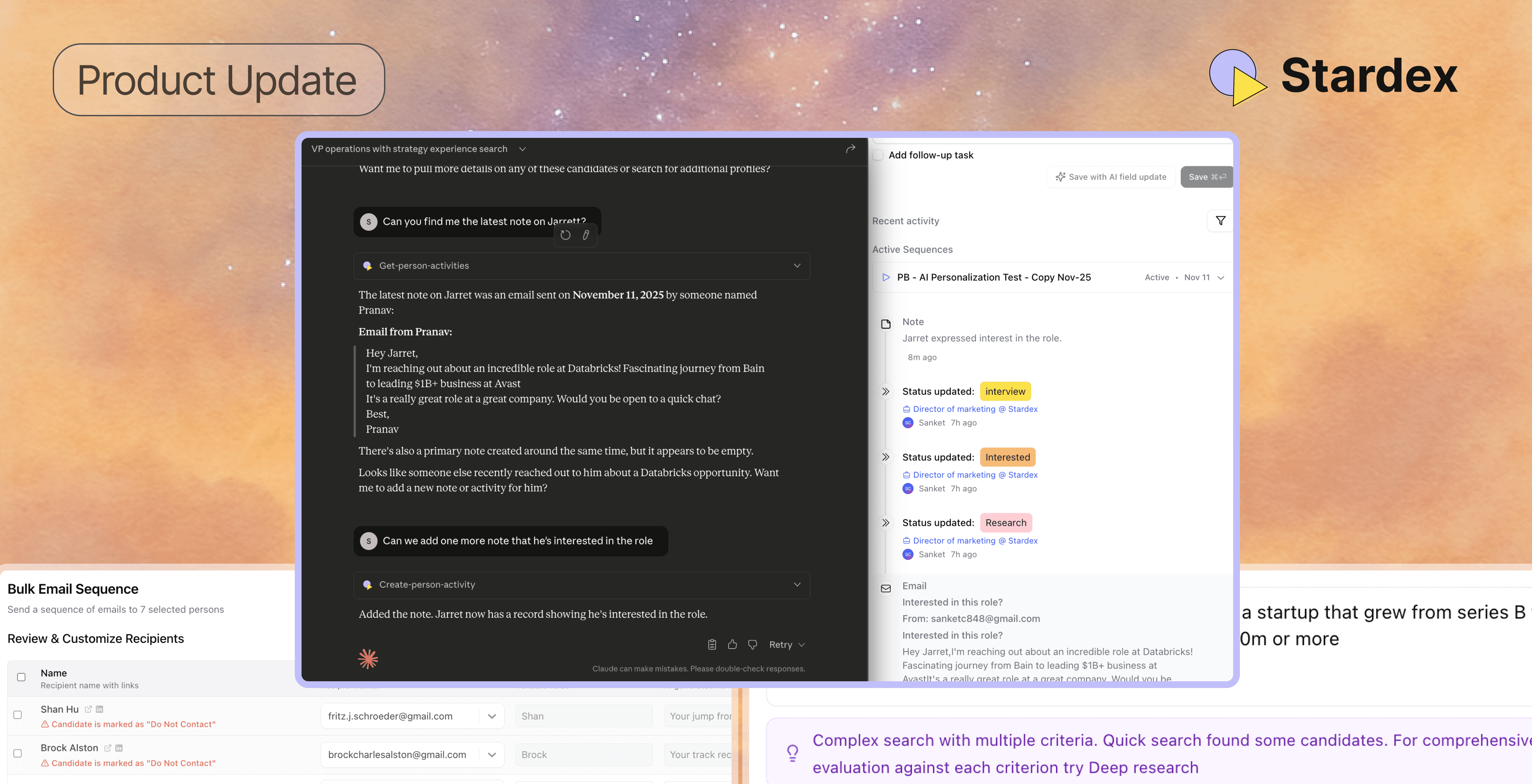OpenAI vs LinkedIn: Is OpenAI Building a LinkedIn Alternative
Sep 14, 2025
Is LinkedIn about to face a serious competitor?
LinkedIn has long dominated professional networking with over 1 billion members worldwide and a reputation as the main platform for jobs. Yet, many professionals are frustrated complaining about rising costs, limited visibility, and a lack of meaningful improvements.
As one LinkedIn user put it, “It’s expensive, and you will not get any more visibility or attention by going premium.” Another user joked, “At this point, LinkedIn Premium is just Tinder Gold for job seekers. You pay, but the same people still ignore you.”
Now, OpenAI is stepping in with OpenAI Jobs Platform and OpenAI Certifications to democratize AI and expand economic opportunities, introducing new ways for companies to hire and for knowledge workers to prove their skills. By pairing AI-powered job matching with verified credentials, OpenAI is positioning itself to challenge LinkedIn’s dominance.
So, can OpenAI Jobs Platform truly emerge as a viable LinkedIn alternative?
Introducing OpenAI Jobs Platforms and Certifications
OpenAI Jobs aims to simplify hiring by directly matching companies with AI-skilled candidates. Complementing this, OpenAI Certifications build on the success of OpenAI Academy which has already supported over 2 million learners by offering verified credentials in AI fluency, from basic workplace skills to advanced prompt engineering. With a goal of certifying 10 million Americans by 2030, OpenAI has already secured launch partners like Walmart, which plans to use the program to upskill its workforce.
The vision is ambitious: matching talent to jobs more efficiently, mapping potential beyond the traditional CV, and creating a workforce certified in AI fluency at scale. With LinkedIn’s dominance but rising dissatisfaction among users, the real question is whether OpenAI can truly redefine professional networking and hiring on a global scale.
Why It’s Hard to Disrupt LinkedIn
News of OpenAI’s Jobs Platform has triggered wide discussion among LinkedIn users. While many professionals acknowledge the efficiency it could bring, they emphasize that credibility and human connection remain essential. Clearly, LinkedIn is more than just a job platform – it’s a solid community built on trust and authentic relationships.
As one real estate professional noted, “OpenAI may be redefining how we apply for jobs, but LinkedIn still defines how we connect to people. Even with perfect AI-matching, trust still comes from relationships. And relationships take time, visibility, and credibility which LinkedIn uniquely enables.”
OpenAI will surely streamline hiring, but LinkedIn’s established networks and foundation of trust continue to give it a powerful edge. Its massive database of knowledge workers makes it difficult to disrupt, but above all, its true strength lies in human connections.
How OpenAI Jobs Platform Could Become a LinkedIn Alternative
Over the last two years, ChatGPT has become a go-to tool for knowledge professionals. Today, 70.8% of knowledge workers use it, and 80% of Fortune 500 companies have integrated ChatGPT into their workflows. This quiet shift suggests that if AI becomes the default tool for the global workforce, ChatGPT can now leverage these knowledge workers, potentially creating its own database of talent and delivering even higher-quality results than traditional platforms like LinkedIn.
While LinkedIn leverages from authentic relationships, some users find OpenAI Job Platforms’ potential hard to ignore. As one tech CEO put it, “OpenAI’s move is huge! The industry is definitely in for a major shake-up if talent matching and certification become instant, frictionless, and AI-powered.”
A web developer noted, “I hope LinkedIn introduces some type of AI to map out fake jobs, as they’re increasing rapidly on the platform” pointing to a gap LinkedIn hasn’t addressed that OpenAI’s platform could potentially fill.
The Future of Professional Networking
OpenAI Jobs and Certifications are bold moves that could reshape how companies hire and how professionals showcase their skills. By pairing AI-powered job matching with verified credentials, OpenAI is could address long-standing frustrations for both job seekers and hiring managers. With strong adoption among knowledge workers and Fortune 500 companies, it has the scale to become LinkedIn’s most serious challenger yet.
But LinkedIn isn’t going anywhere. Its billion-strong user base, network effects, and foundation of trust are advantages that AI alone can’t easily replace. Even with flawless AI matching, trust still stems from authentic relationships.
The takeaway? Focus on strengthening your LinkedIn presence and credibility while keeping an eye on what OpenAI introduces. If OpenAI delivers, it will be fascinating to see how LinkedIn adapts and what new opportunities arise for professionals and brands.
Improving Recruitment Workflow with AI
Just as OpenAI is reshaping work with tools like OpenAI Jobs Platform, AI recruitment tools like Stardex AI are redefining recruitment. Designed as an AI-native CRM and ATS, Stardex brings talent sourcing, engagement, client management, and reporting into one platform.
Where LinkedIn users struggle with inefficiencies and rising costs, Stardex delivers what hiring teams need most: AI-powered search, automated profile enrichment, smart outreach, real-time analytics, and seamless integrations. It solves LinkedIn’s pain points such as search limitations, especially for niche executive roles where you need more context than just keywords by offering AI-powered matching and workflow automation.
Stardex doesn’t replace LinkedIn’s human connection, it strengthens it. By automating repetitive tasks and surfacing better candidates, Stardex lets recruiters focus on what matters most: building trust, nurturing relationships, and making the right hires.
Book a demo now to see how Stardex can help you find your next superstar hire seamlessly.




